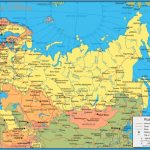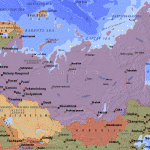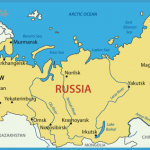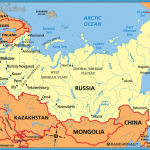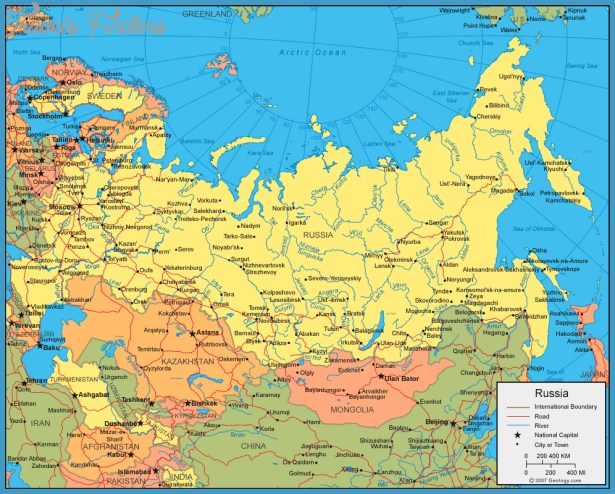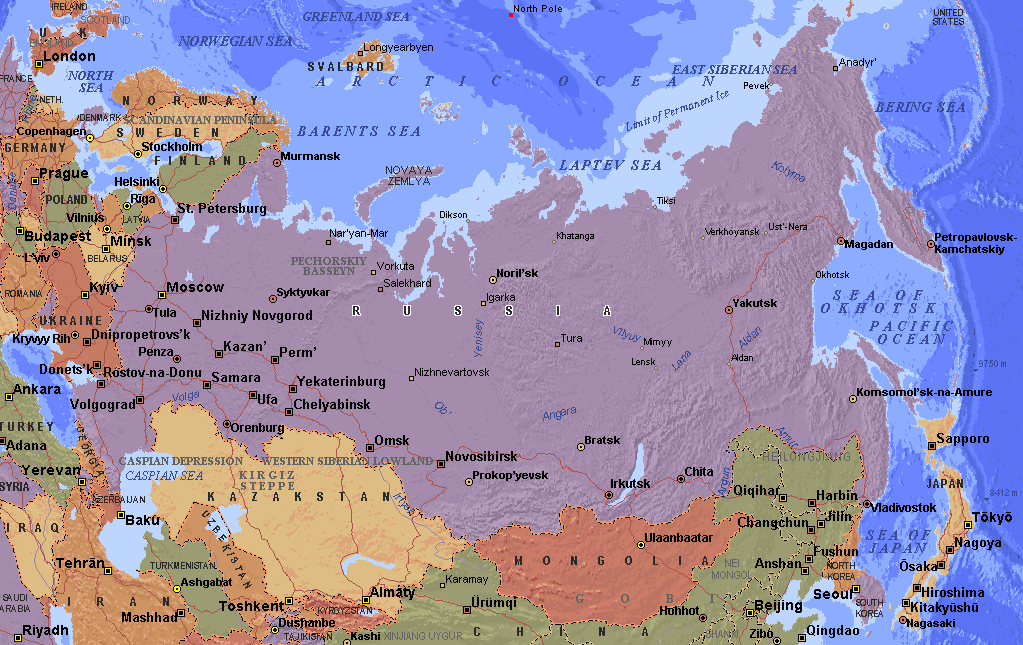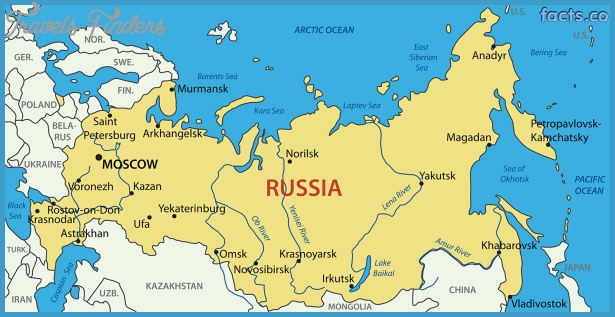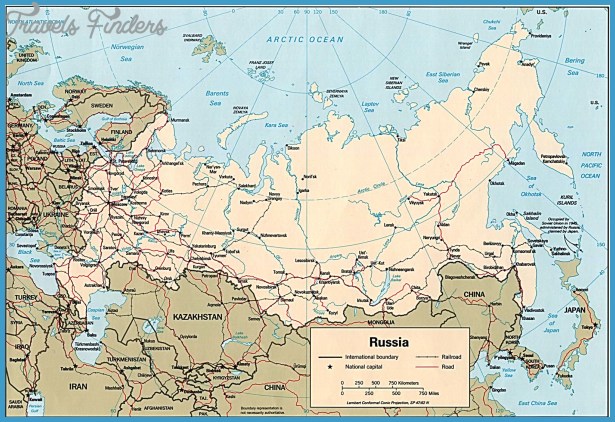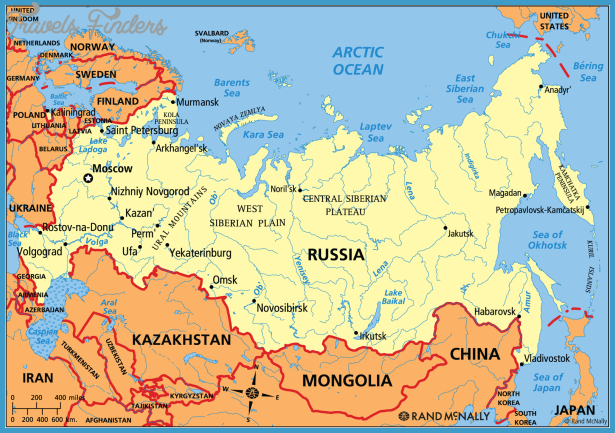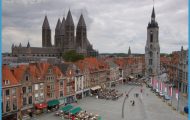Petrodvorets, twenty miles west of Leningrad, is Peter’s version of Versailles. The palace has twenty-five hundred acres of formal gardens running down to the Gulf of Finland. It is a fairyland of gilded fountains, statues, pools, and canals. What the visitor sees has been reconstructed following its abuse as a Nazi barracks when the Germans encircled Leningrad for nine hundred days during World War II.
Russia’s playground is the Black Sea Coast. Yalta and Odessa are full of resorts and health centers. Another resort center is Tbilisi, backed by snowcapped mountains. It sits on the boundary between Europe and Asia.
Kiev, a city of 1.6 million, represents the Ukraine. Rebuilt after World War II, it has wide streets and well kept churches (novel for many Russian cities). The Dnieper River is especially beautiful as it flows through the city. The Ukranians are said to be more individualistic than the Great Russians.
Do not expect to see people smiling in the Soviet Union, or in most of Asia for that matter. That is not to say they lack a sense of humor. The transition from stoic visage to laughter is swift. In the Soviet South, the temperament is more open, more gay and lighthearted.
Siberia is little known by the outside world; an area that holds great wealth in the form of water power, oil and natural gas, gold, coal, and iron ore, it has fifty-three thousand rivers and perhaps a million lakes. Altogether it totals about six million square miles, one-third of the Soviet Union’s land mass.
By plane Siberia presents a bleak, hostile appearance: flat, with little form or color. Siberia has been known to the outside world as a place of exile and imprisonment. It is much changed. The largest city, Novosibirsk, is an industrial area with a population of more than a million. The city has six theaters, including an opera house, and a permanent circus. It is also the home of the Soviet Union’s third most important ballet company after Moscow’s Bolshoi and Leningrad’s Kirov. The usual Memorial Plaza of all big Soviet cities commerates those who died in World War II. A number of top Soviet scientists have been enticed to Akademgorodok near Novosibirsk with high pay where they engage in top-level research. Akademgorodok is a satellite center of the Academy of Sciences and boasts a five-million-volume library. Some idea of the immensity of Siberia is gotten from the circulation area of the leading newspaper in the city, more than 100,000 square miles including twelve hundred towns and villages.
Irkutsk is the most visited of Siberia’s cities, a major center for the Trans-Siberian Railway. About one-fifth of the city’s workers are employed by the railway. Lake Baikal is nearby. A popular Russian song sings of it as, Majestic ocean, holy Baikal. It is four hundred miles long, eighteen to fifty miles wide and about 5,712 feet deep, the deepest in the world. It is also the oldest lake in the world. It sits at 1,650 feet above sea level and is surrounded by mountains that tower up to nine thousand feet. Fed by 336 rivers, the lake has but one outlet. Because it contains seals and saltwater fish, fishermen say there is an underground tunnel linking the lake with the Arctic Ocean. Don’t count on jumping in for a swim. The water temperature is never above fifty-two degrees.
Five thousand miles of the Soviet Union fronts on the Pacific, more than that of the United States including Alaska. Vladivostok (500,000 people) is the Pacific terminal of the Trans-Siberian Railway. Unfortunately for the Soviets, there is no warm ocean current to moderate the climate.

